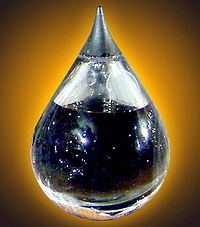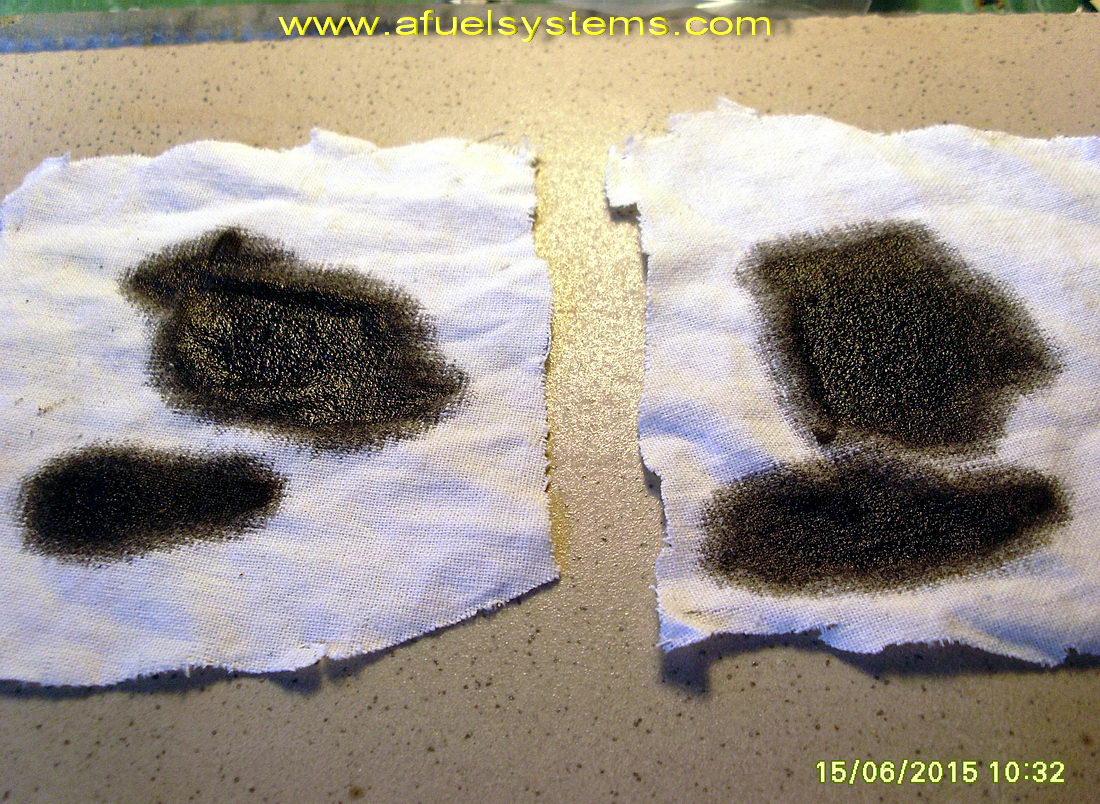|
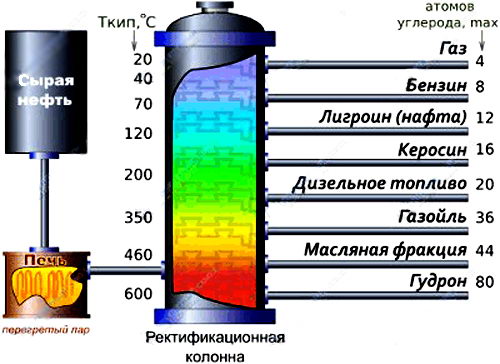
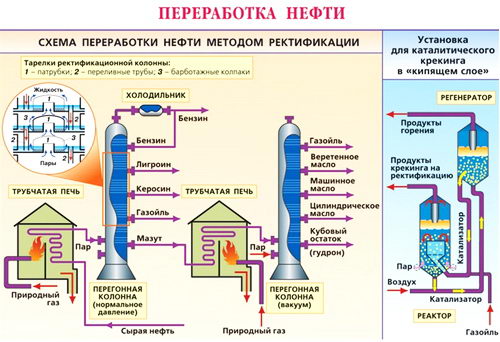
|
|
|
|
||
|
1.
LLC "Bologoenefteprodukt"
(sample №2) - results Processing date - 25.03.2012. Date of analysis - 26.03.2012. TR-3 - Technological processing mode (One of the passports of oil below) left column - original oil, right column - processed oil |
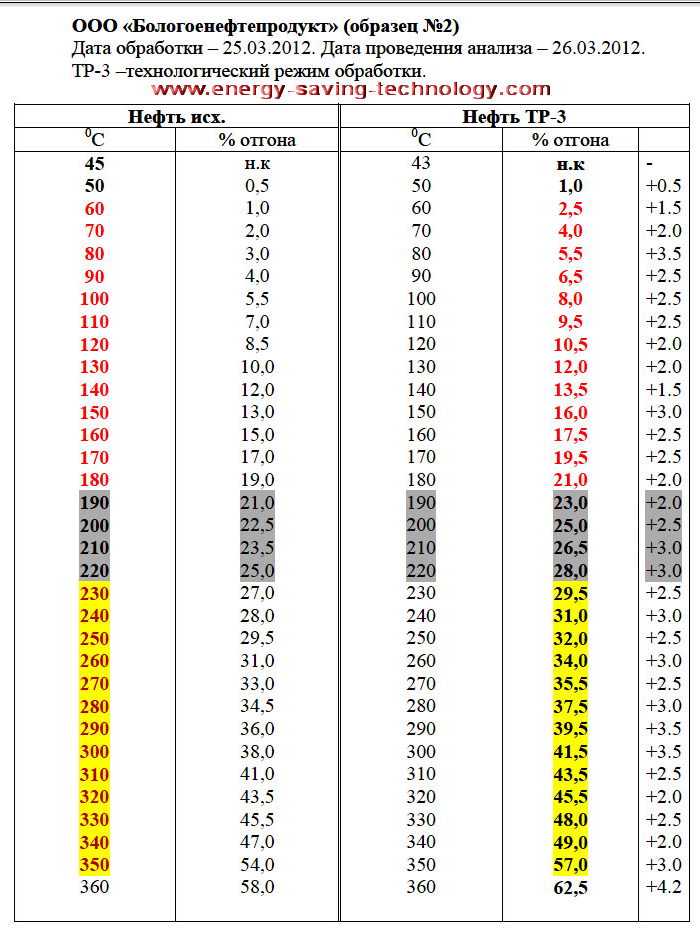 |
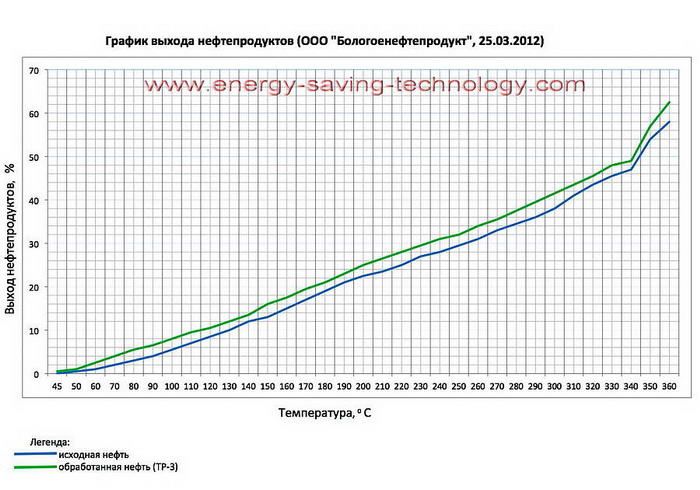 |
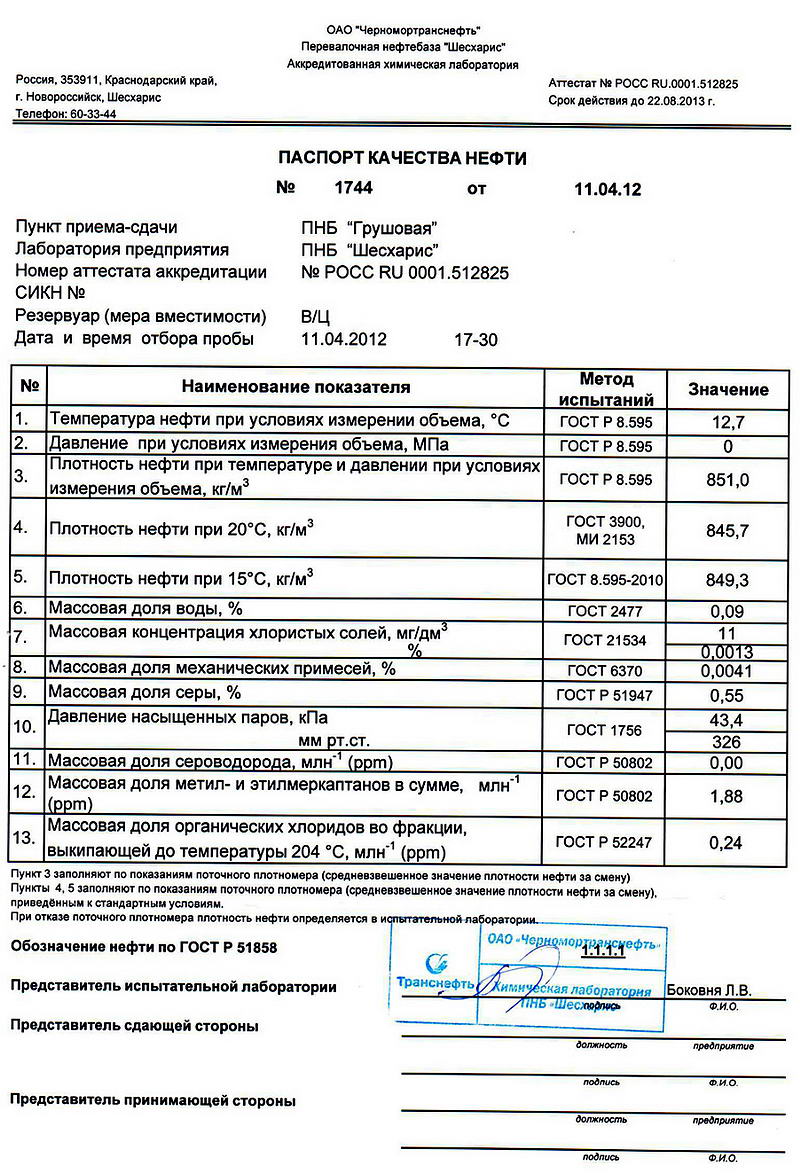 |
|
2.
"Ilsky" Refinery - Results Processing date - 18.04.2012. Date of analysis - 19.04.2012. TR - [1,2,3] - different technological modes of processing left column - original oil, right column - processed oil |
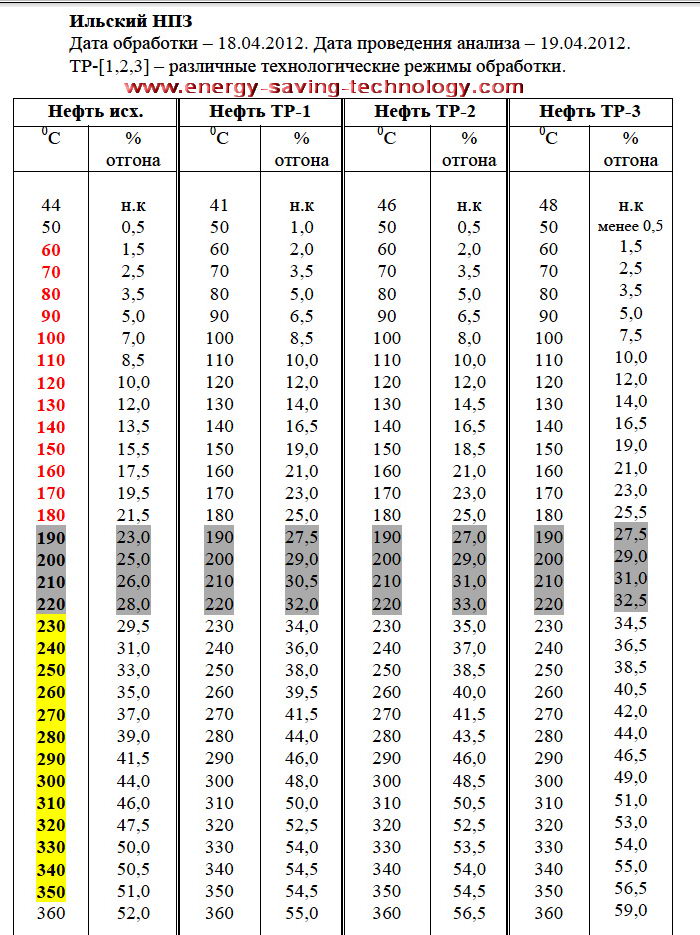 |
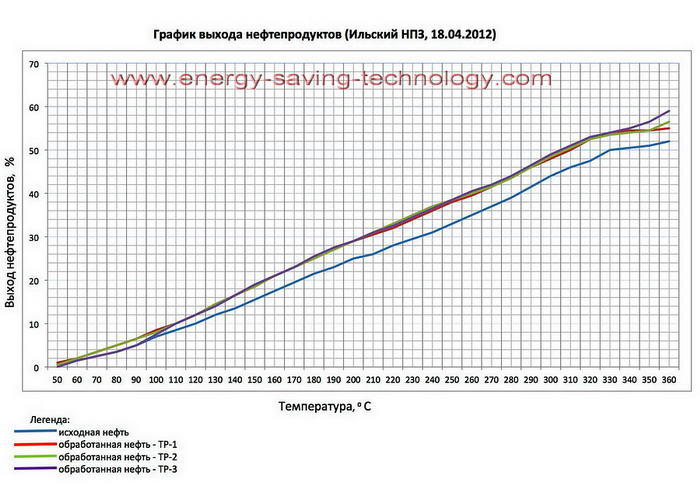 |
|
3.
LLC "Leninogorskneft" (OJSC "Tatneft") - Results Processing date - 23.04.2012. Date of analysis - 24.04.2012. TP - [ 1,2,3 ] - different technological modes of processing. left column - original oil, right column - processed oil |
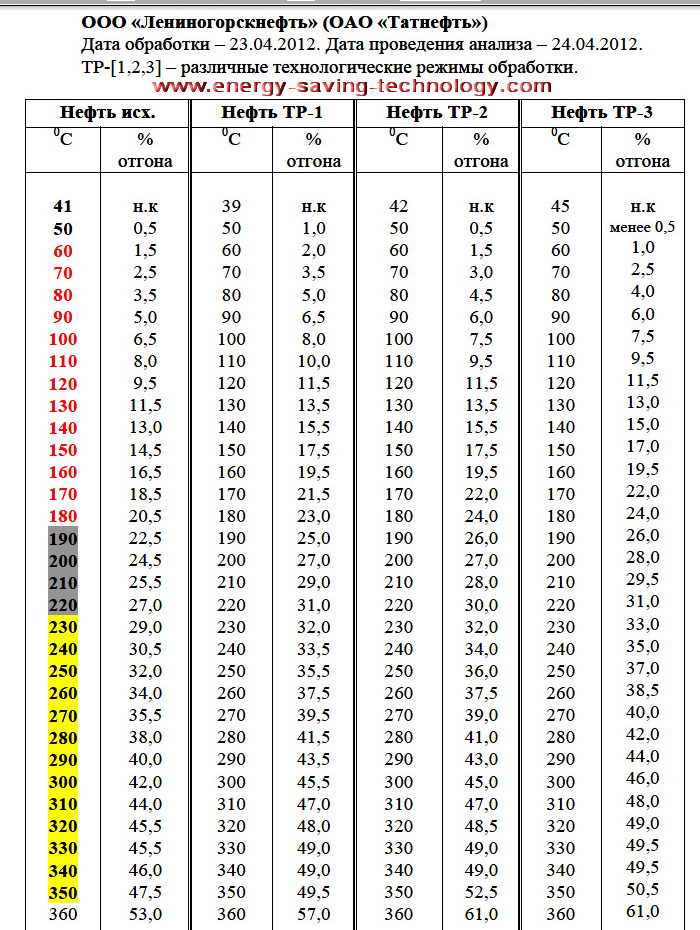
|
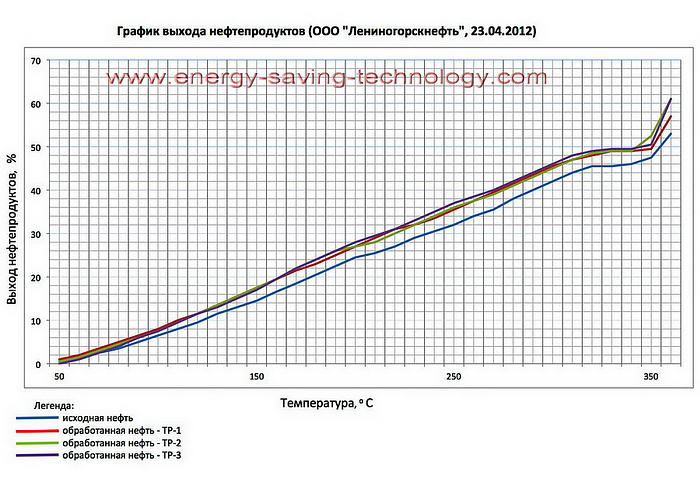 |
| 4.
JSC "KALMNEFT" - results Processing date - 25.04.2012. Date of analysis - 26.04.2012. TP - [1,2,3] - different technological modes of processing. left column - original oil, right column - processed oil |
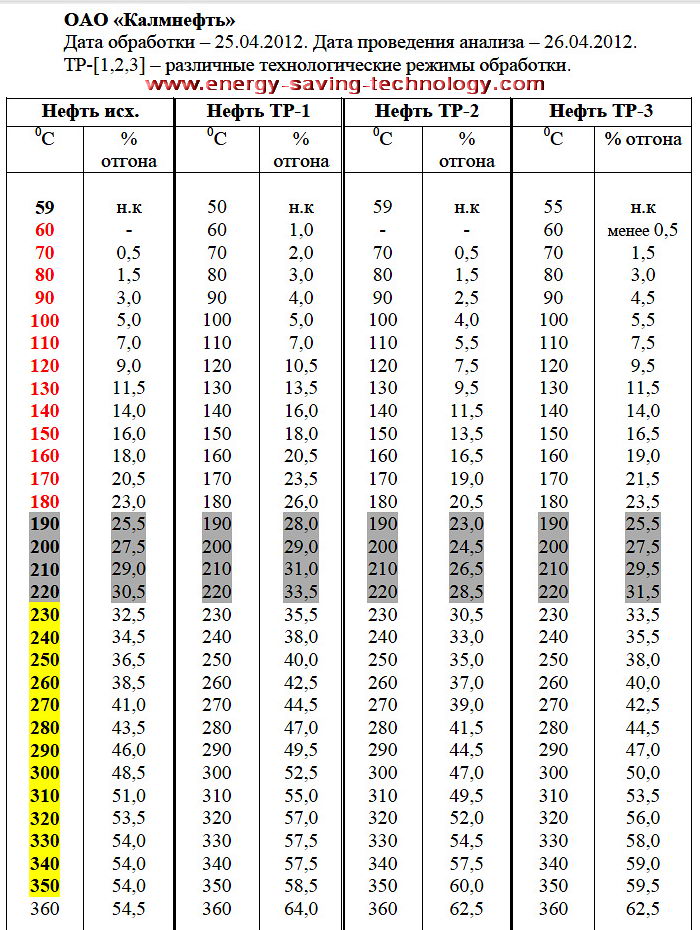 |
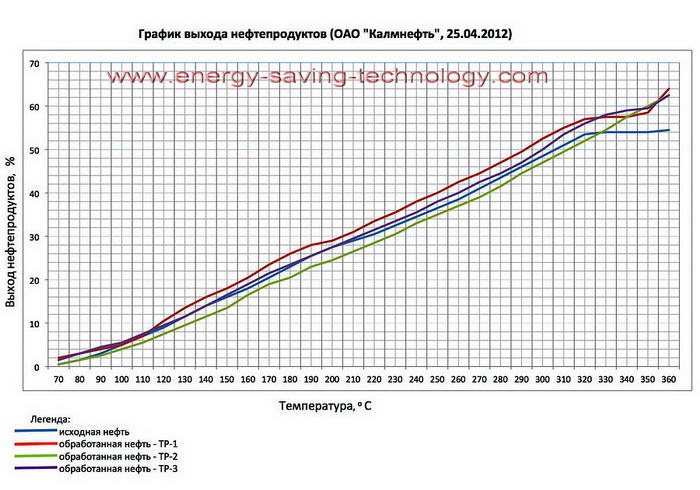 |
|
|||
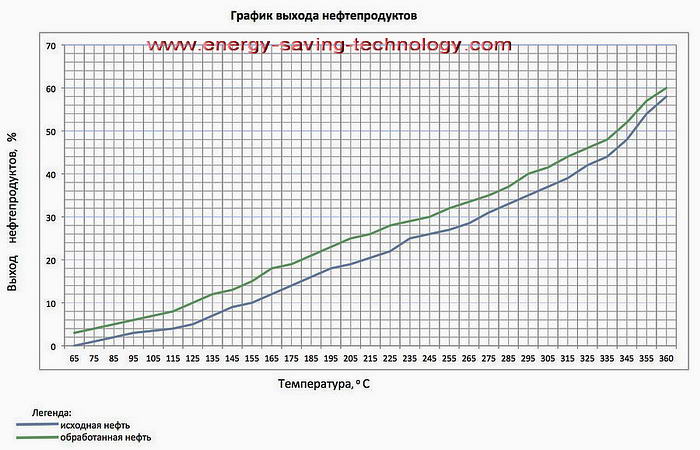 |
|||
|
|||
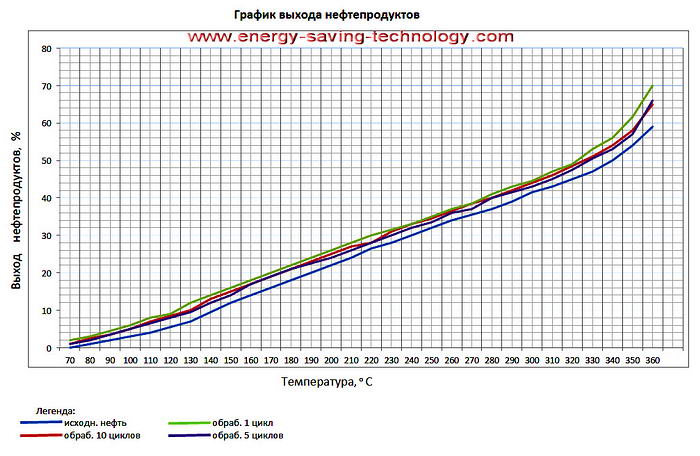 |
|||
|
|||
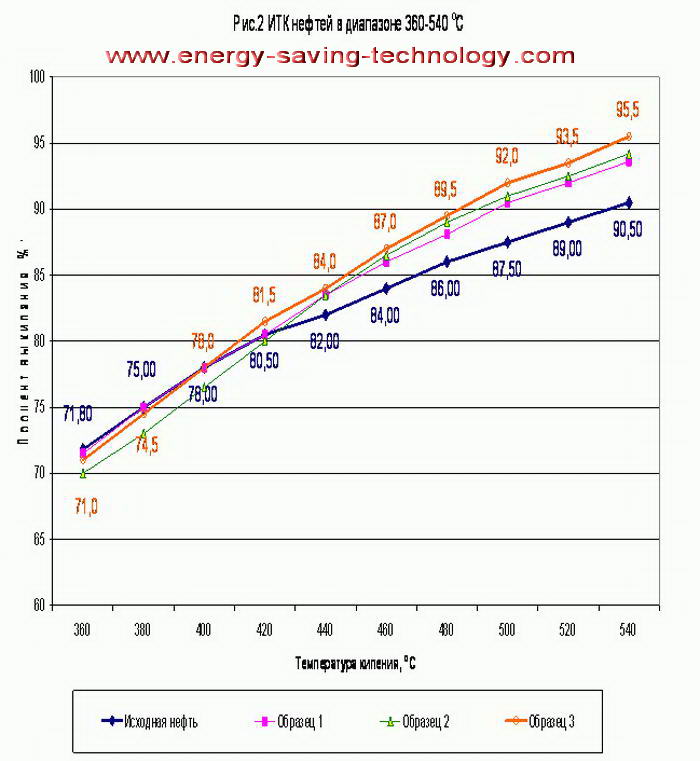 |
|||
|
|||
|
home page Photo of equipment - not published. Author photos and most of the results: Andrei Serov (Moscow) and a bit me ... |
| Additional
information |
|||
| privacy
policy and our business
philosophy |
|||
| full
version on the www.afuelsystems.com |
|||
 |
|
home
page |
|
 |
|
